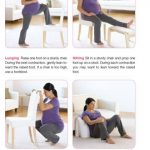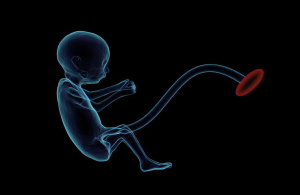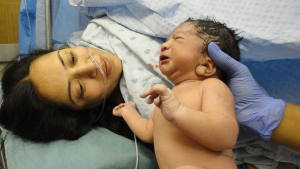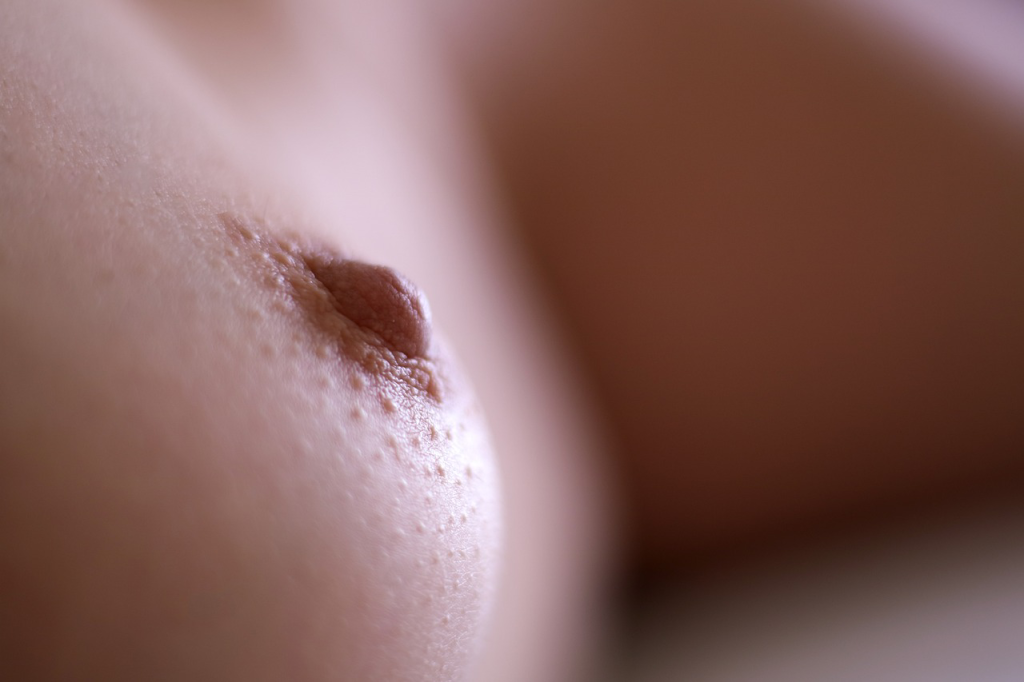Polyhydramnios: Causes, Signs and Treatment
In this article, I shall discuss abnormality of amniotic fluids such as polyhydramnios, its causes and treatment. But before then, let us see the table of contents for better understanding. What is Polyhydramnios? Polyhydramnios (hydramnios) occurs when there is excess amount of amniotic fluid in the amniotic sac. It is the amount of amniotic fluid …









